Whatever products your company is selling, building a clear and structured client engagement model is vital. This model entices customers to stay with the brand and be loyal.
There is a direct relationship between positive customer engagement, increasing customer retention, and improving brand reputation. Strong engagement brings you profit and helps improve your product faster, thanks to feedback from your loyal consumers.
To earn your brand engaged customers, you need to understand the fundamentals of the customer engagement model and then identify the effective strategies that will drive commitment and enhance customer experience.
In this article, we will go over this concept and build a compelling engagement model for your company.
What Is An Engagement Model?
The engagement model is a specific process your company has used to facilitate ongoing relationships with your customers. In the past, this model largely happened post-sales – after a customer already purchased and tried your product.
However, the new concept states that the optimal time to start your engagement model protocol is when customers first interact with your brand. It can be the first time seeing your name on social media, on television, or newspaper.
Customers form their original thoughts about your company during this process. This is exactly why you should jump in and direct the customers’ opinions about your product in a positive way.
Once creating a good image for your brand, it is much easier to convince them to buy and maintain their loyalty. A customer engagement model is part of a greater user success strategy that aims to help you completely understand how your users interact with your product and brand.
Then, based on the knowledge and information collected, you can give consumers a tailored experience that keeps them staying with your brand. And voilà, you will see your profits increase with more products being sold out!
There may be other perspectives of the engagement model suitable for your products, but we will focus on onboarding and continued retention in this article.
View more: Laer model
Stages Of Customer Engagement
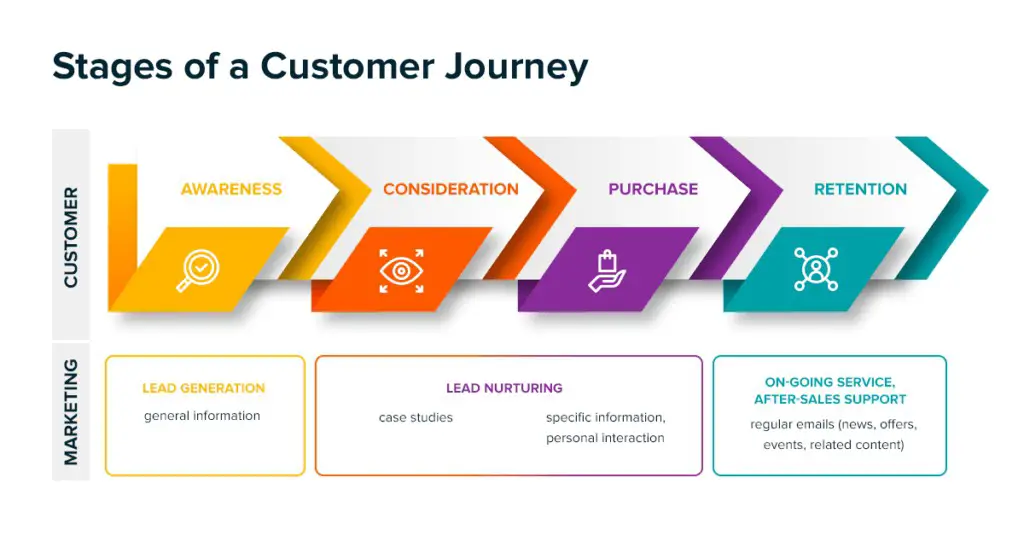
An ideal engagement model kicks off with an understanding of the customer journey then moves into engagement tactics. We will outline below the five stages of customer engagement. Depending on your products, you might want to use customized stages.
Still, these basic steps provide a good starting point and a clear overview of what an engagement model should look like. The first few stages focus on convincing the customer to try out your brand, while the later stages concentrate on building deep connections and lasting relationships.
Unawareness
Your potential customers technically do not know anything about your product or service at this stage yet. They may even be unaware of your existence or the industry in which you operate.
That’s why you should have a clear plan on how you will develop content and establish a positive brand image to attract prospects’ attention and raise their awareness.
Brand awareness is vital to building trust with customers. It allows your organization to communicate with consumers more effectively, gather feedback, and tell captivating stories about your product or service.
Discovery
In the discovery stage, potential consumers begin to learn about your company after they find you interested. You can start taking action to build a trusting relationship with them through advertisements or media.
You should focus on one or two key channels only, such as social media, newspaper, email, website, or television, to spread your product and service awareness. Spreading yourself too thin will cost a significant amount of money because marketing is not cheap.
Analyze your target audience, their demographics, and start asking yourself why customers want your product, what problems they may have, and the solutions you can provide.
Once answering all these questions properly, you are ready to choose a marketing channel that best fits your brand. Choose wisely so that every penny you spend on marketing is worth it!
Then, tailor your content strategy appropriately to best capture your prospective customers’ attention. A small tip we have for you is putting a heavy emphasis on collecting information about your prospects, as detailed as possible.
The more you know about them, the better your engagement model will be!
Consideration
Customers are still undecided about whether to choose you or your competitors, but they are seriously thinking about investing in a solution. They do not have a solid image of your company yet.
They evaluate their choice by comparing your products with those of your competitors, considering the price, the quality, and reading reviews of previous customers. Hence, make sure that every interaction a prospect has with your brand at this point is a positive one.
You should put most of your effort into creating content and image that differentiates you from your competitors. Great ideas such as case studies or testimonials from existing customers can increase your chances of winning new customers that are worth your consideration.
Conversion
If you succeed in persuading your potential customers that your solution is the best fit for them, they will ‘convert’ to a customer. Just because you gain a new customer does not mean you can relax and stop taking care of them.
Purchasing your product is the very first step in the customer engagement model. Pleasing and keeping your customers is as crucial as obtaining them in the first place.
Therefore, ensure the onboarding process experience is positive. Your engagement model should guide customers through a sequence of processes with active support to help them integrate into your platform faster.
After the customer finishes buying your product, it is important to send out some forms of communication, such as email, text, or notifications) to express your gratitude and look forward to welcoming them again to your brand.
Also, if customers give up on buying before they convert, look carefully into the reason. The problem might lie in your products, price, and quality, or it can be your system. Technical issues are one of the most popular reasons why customers abandon their purchasing journey.
A small bug on your website might make or break your brand reputation. Hence, make sure to monitor these factors daily. You should send out an email directly to your customer to ask about this!
Growth Through Value Creation
This stage focuses on how to take care of your customers after they have become a part of your brand. It is the hardest task to retain and gain the customer’s loyalty.
Customers have trusted you with their money and have bought the products that you offer. Therefore, it is your responsibility to make them feel valued, and their money is worth it.
It would help if you used action-based or trigger-based marketing promotions regularly at this point to keep them engaged with your brand, sent them tips on how to use what they have purchased, or recommended similar products that they might be interested in.
Consider the industry trends carefully, latest news in this stage to have suitable rewards for your consumers. At the same time, don’t forget your disengaged customers. Try to reach out to them to win their interest by offering promo codes or free samples.
Every stage of the engagement model should be meticulously planned, with a clear action plan in place. To increase your business values, your brand should prepare proper optimization and consistent implementation.
In this process, ignoring your disengaged or clueless customers is a must-not. Or else, they will choose your competitor over you!
For more: What is a QBR in Business?
How To Build A Customer Engagement Model?

The goal of an engagement model is to help the brand understand what drives a client to make a purchase and what his/her motivations are. This is the method through which businesses can manage their client connections across customer experiences.
Onboarding
This aims at attracting as many consumers and visitors as possible through multiple marketing channels such as words of mouth, social media, newspapers, search engines, or television.
Your brand should determine what kind of image you want to be remembered and build your content from there. Depending on your company scale, you should choose the delivery channel wisely as marketing is not cheap.
There is no reason to always go for the most expensive, trending, and fancy options. Affordable advertisements in newspapers or television can be impressive if your company has a proper marketing strategy.
No matter what platform you choose to bring your brand closer to consumers, keeping the images and messages consistent actress marketing channels is the utmost important factor to remember.
Or else, customers will be confused and give up on understanding your brand. Your marketing effort will backfire on you completely!
Retaining
After successfully convincing customers to choose your brand, your next step is to keep customers staying with your brand and gain their loyalty.
This step is equally important compared to onboarding because loyal customers could either make or break your reputation. They give honest feedback, purchase regularly, and bring you a stable profit.
There are many things you can do to retain a customer. When they complete their first purchase, ask for their birthdays, phone numbers, or email addresses.
Then, send them wishes on their birthdays along with promotional codes, email them instructions on how to use your products, or simply ask them for feedback and how you can improve your services.
Customers will feel they are valued and are more likely to stay longer with your brand. These things above are easy to perform as many platforms can help you with it. Those platforms provide mass email service or promo code creation for free or at an affordable price.
Conclusion
In this article today, we have gone over the basics of the customer engagement model, its stages, and how to build one. We cannot emphasize enough how important this process is to your brand.
Hopefully, your business will successfully provide your customers with a great buying experience and gain their loyalty.
Reference source:
- Customer engagement – Wikipedia
- The engagement model – GOV UK
- Engagement Model – Twinkl

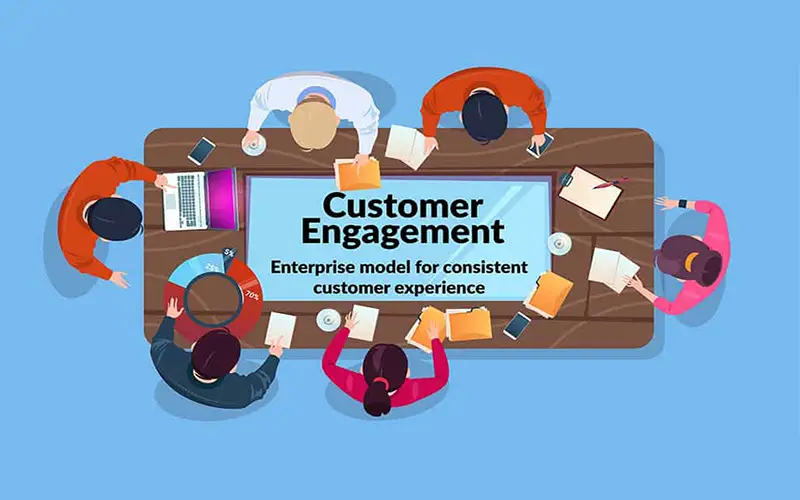



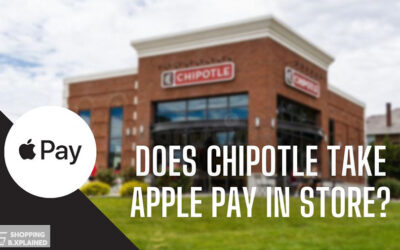
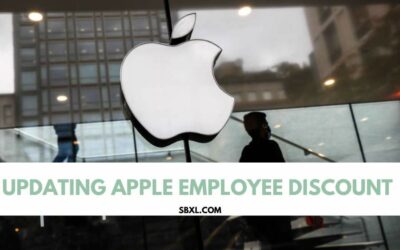
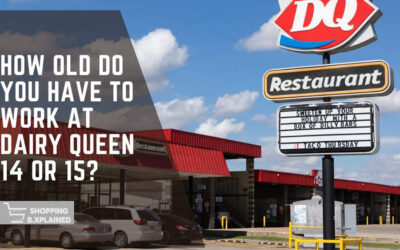
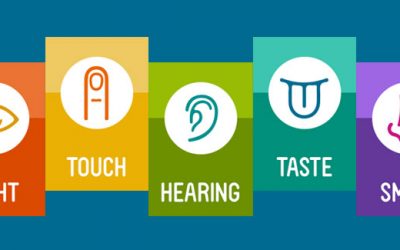
0 Comments